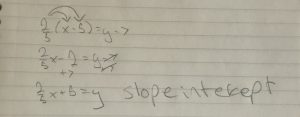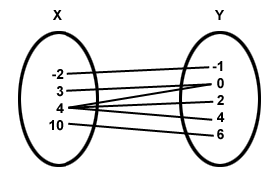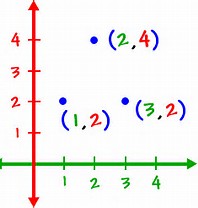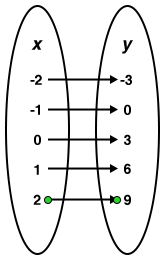week 15 in math 10
this week in math 10 I learned about parallel lines and perpendicular lines. I learned that the slope of parallel lines will always be the same, and that the slope of perpendicular lines will be negative reciprocals. a negative reciprocal for example: if one slope is then the slope of the line perpendicular will be
.
I also learned how to convert to point- slope form, to slope- intercept form, to general form, starting with a set of coordinates and a slope.
point- slope : m(x-x2)=y-y2
so if we have a slope of 2/5 and coordinates (5,7) , it would be written out as 2/5(x-5)=y-7
because m= 2/5, x2= 5 and y2= 7
then from there, to convert to slope- intercept form (y=mx+b) we need to isolate y, starting by distributing 2/5 into x and -5, then adding 7 to each side, finishing with +5=y

now to convert to general form (x+y+#=0) we need to get rid of all the fractions, and make sure the leading coefficient of x is positive.
because 2/5x is already positive we just need to move y over by subtracting it from each side, ending up with -y+5=0. then to get rid of the fractions we multiply everything with the common denominator which in this case is 5. general form: 2x-5y+25=0
week 14 in math 10
this week in math 10 I learned how to identify if a relation is a function. I learned that for a relation to be a function, it basically means that the input must have only have one output. on graph, a function would not have any dots sitting directly above each other:
where as in this graph does not represent a function because there are two points vertically above each other
you can also represent functions through mapping diagrams, a mapping diagram uses arrows to connect the inputs with the outputs, an example of a relation that is not a function would be this because 4, as you can see has arrows to three different outputs.
however this diagram represents a function because it is showing that every input number only has one output/one connecting arrow





